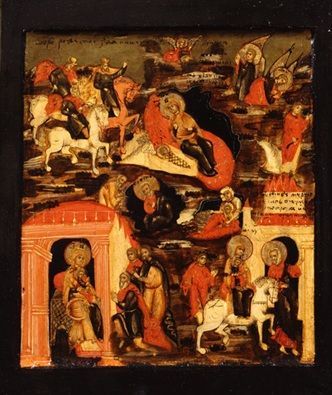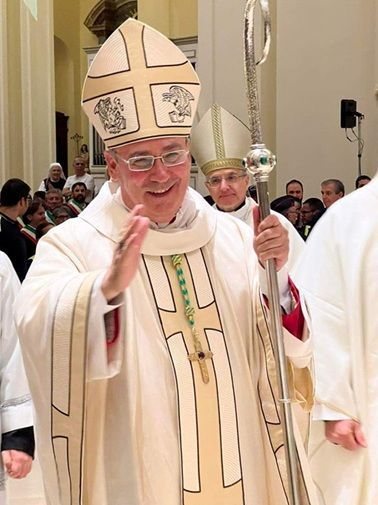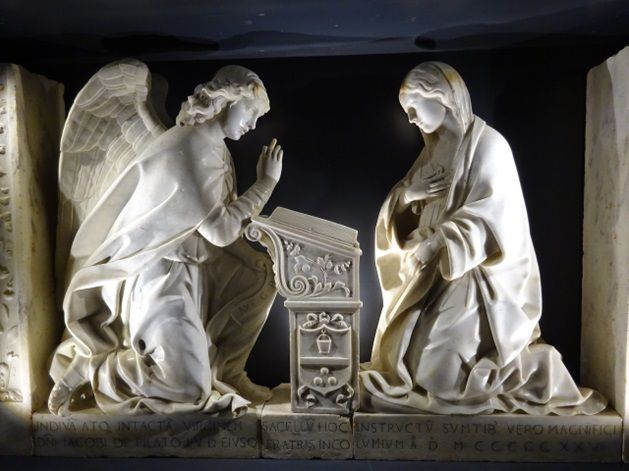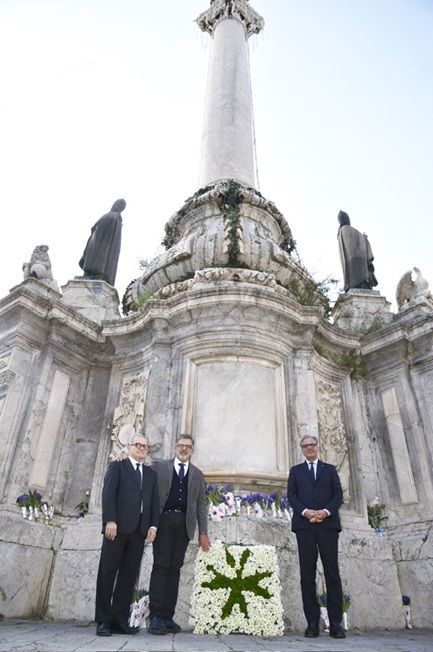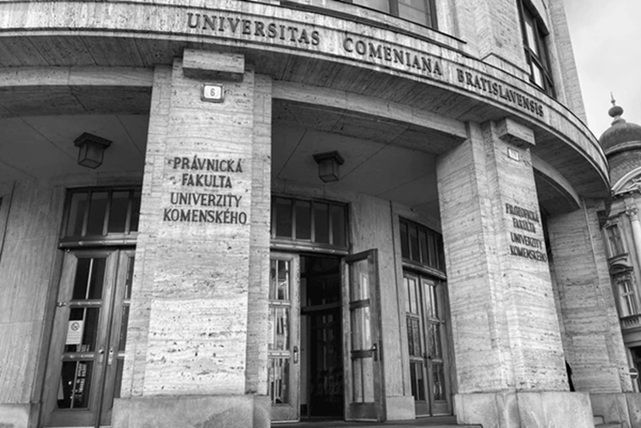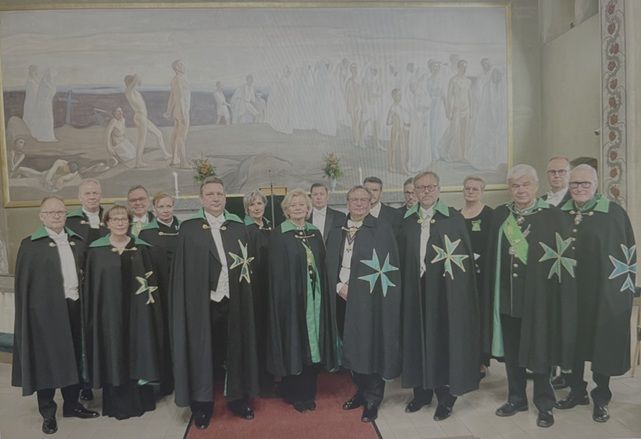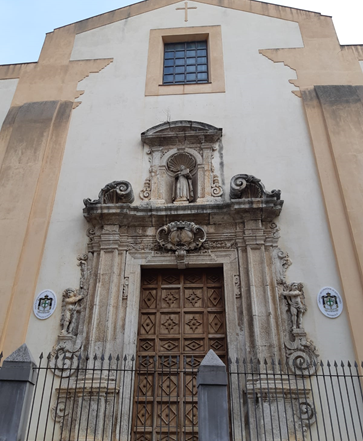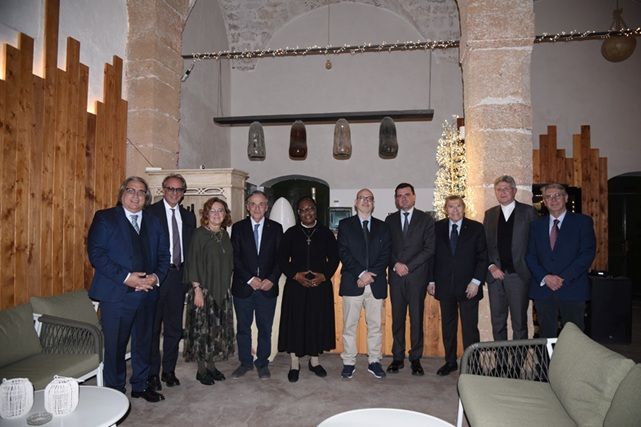LA CHIESA DI SAN LAZZARO A PAVIA
LA CHIESA DI SAN LAZZARO A PAVIA
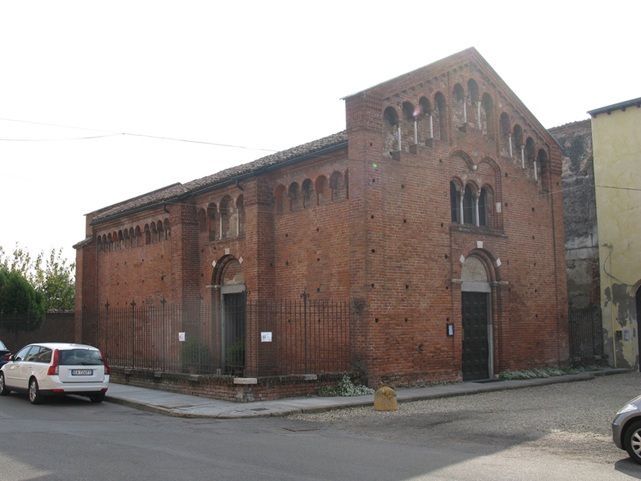
La chiesa romanica di San Lazzaro si trova nella periferia orientale di Pavia. Sorta nel XII secolo lungo la Via Francigena, era dotata di un ospedale dedicato alla cura dei pellegrini e dei lebbrosi.
Già documentata nel 1157, quando Gislenzone Salimbene, insieme ai figli Siro e Malastrava, donò ampie proprietà terriere alla chiesa ed al vicino ospedale, garantendosi così il giuspatronato (che i Salimbene mantennero fino al Seicento) sull’ente. L’edificio si trovava infatti lungo la via Francigena ed era destinato ad assistere i pellegrini in transito per o da Roma.
Nel 1216 il Vescovo di Pavia Fulco Scotti dettò le regole dell’ospedale, mentre privilegi e immunità furono accordati all’ente da Gian Galeazzo Visconti nel 1376, e altri furono concessi tramite le bolle emesse dai papi Martino V nel 1426 e Paolo II nel 1466. La visita pastorale del 1460 testimonia che l’ospedale disponeva di solo 4 letti, due dei quali ospitavano dei lebbrosi.
Durante l’assedio e la successiva battaglia di Pavia del 1525, il complesso venne occupato dalle truppe di Francesco I re di Francia, subendo parecchi danneggiamenti.
Nel 1565 l’ospedale fu elevato, da papa Pio IV, a Commenda dell’Ordine di San Lazzaro. Il primo commendatore fu Giuseppe Salimbene, mentre, pochi anni dopo, nel 1572, l’ordine in Italia venne unito a quella di San Maurizio, dando così origine all’Ordine dei Santi Maurizio e Lazzaro. In Francia, invece, l’ordine conitinuò la sua vita autonoma sotto la protezione della corona francese.
Poco dopo la chiesa fu trasformata in parrocchia, ma nel 1581 il vescovo Ippolito de’ Rossi fece sopprimere la parrocchia e la riunificò a quella di San Pietro in Verzolo, dalla quale ancor oggi dipende.

Alla Chiesa era destinato il trittico di San Lazzaro, un’opera strettamente legata alle vicende storiche dell’Ospedale di San Lazzaro di Pavia ed alla famiglia Salimbene che, fin dalla fondaz ione della chiesa e dell’annesso ospedale, nel 1157, ne aveva il patronato, opera che dal 1912 è passata alle collezioni dei Musei Civici. Il trittico presenta al centro la Madonna con il Bambino e il beato Martino Salimbene; il Santo vescovo va identificato con san Lazzaro, mentre nel soldato va riconosciuto san Maurizio. Nella cimasa, la Pietà.
Sembra verosimile che il committente possa essere identificato in Galeazzo Salimbene, rettore della chiesa dal 1478 al 1505, data della sua morte. Il dipinto era destinato alla chiesa di San Lazzaro della quale Galeazzo era rettore e dove, probabilmente, aveva scelto di essere sepolto.
Il promotore si riconosce in Giuseppe Salimbene grazie al nome “L’ardito e all’impresa dell’elefante” accompagnata dal motto “Sic ardua peto” con i quali partecipava all’Accademia degli Affidati. Giuseppe Salimbene avrebbe coperto la carica di Commendatore di San Lazzaro dal 1560 fino alla morte, nel 1603.
Le insegne dei due ordini militari (croce gemmata bianca per i Cavalieri di san Maurizio, croce ottagona verde per l’Ordine di san Lazzaro) sono rappresentate, ben in vista, sul pettorale dell’armatura del guerriero e sulla tunica, sui guanti e sul messale del vescovo.
THE CHURCH OF SAN LAZZARO IN PAVIA
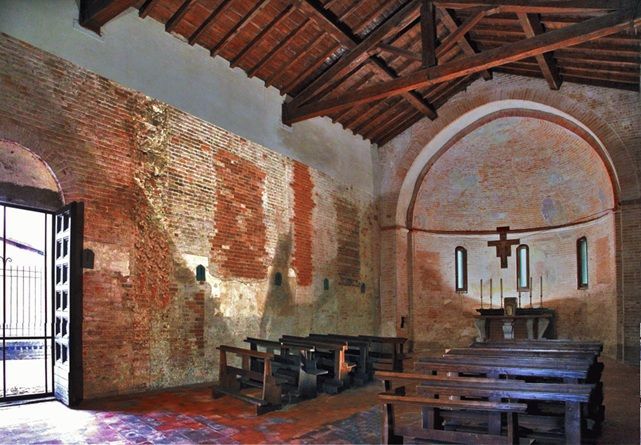
The Romanesque church of San Lazzaro is located on the eastern outskirts of Pavia. Built in the 12th century along the Via Francigena, it had a hospital dedicated to the care of pilgrims and lepers.
It was already documented in 1157, when Gislenzone Salimbene, together with his sons Siro and Malastrava, donated large tracts of land to the church and the nearby hospital, thus securing the patronage (which the Salimbene family retained until the 17th century) over the institution. The building was in fact located along the Via Francigena and was intended to assist pilgrims in transit to or from Rome.
In 1216 the Bishop of Pavia Fulco Scotti dictated the rules of the hospital, while privileges and immunities were granted to the institution by Gian Galeazzo Visconti in 1376, and others were granted through bulls issued by popes Martin V in 1426 and Paul II in 1466. The pastoral visit of 1460 testified that the hospital had only four beds, two of which housed lepers.
During the siege and subsequent battle of Pavia in 1525, the complex was occupied by the troops of François I, King of France, and suffered much damage.
In 1565 the hospital was elevated by Pope Pius IV to Commendatory of the Order of St Lazarus. The first commendator was Giuseppe Salimbene. A few years later, in 1572, the order in Italy was united with that of St Maurice, thus giving rise to the Order of Saints Maurice and Lazarus. In France, however, the order continued its autonomous life under the protection of the French crown.
Shortly afterwards, the church was made a parish, but in 1581, Bishop Ippolito de' Rossi had the parish suppressed and reunited it with the parish of San Pietro in Verzolo, on which it still depends today.
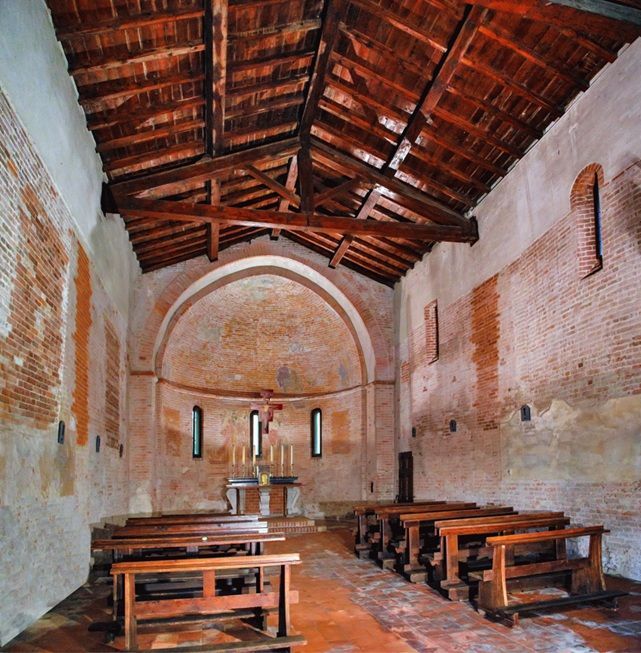
The church was destined for the triptych of St. Lazarus, a work closely linked to the historical events of the Hospital of St. Lazarus in Pavia and to the Salimbene family, who had been its patron since the foundation of the church and the adjoining hospital in 1157; this work has been in the Civic Museum collections since 1912. In the centre of the triptych is the Madonna and Child with Blessed Martin Salimbene; the bishop saint is to be identified as St. Lazarus, while St. Maurice is to be recognised in the soldier. In the cymatium, the Pietà.
It seems likely that the patron could be identified as Galeazzo Salimbene, rector of the church from 1478 to 1505, the date of his death. The painting was intended for the church of San Lazzaro of which Galeazzo was rector and where he probably chose to be buried.
The promoter is identified in Giuseppe Salimbene by the name ‘L'ardito e all'impresa dell'elefante’ accompanied by the motto ‘Sic ardua peto’ with which he participated in the Accademia degli Affidati. Giuseppe Salimbene would hold the position of Commendatore di San Lazzaro from 1560 until his death in 1603.
The insignia of the two military orders (white jewelled cross for the Knights of St. Maurice, green octagonal cross for the Order of St. Lazarus) are depicted, clearly visible, on the breastplate of the warrior's armour and on the bishop's tunic, gloves and missal.

